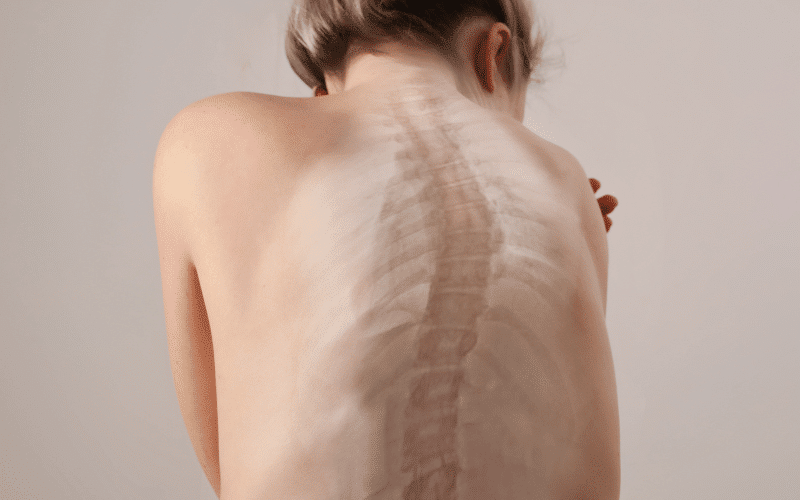Symptom 4: Skeletal Abnormalities: The Structural Challenges of Marfan Syndrome

Marfan syndrome can leave its mark on the skeletal system as well, manifesting in numerous skeletal abnormalities. The skeletal system, much like the blueprint of a building, defines the body’s overall structure. In individuals with Marfan syndrome, this blueprint has certain distinct deviations.
One such deviation could be scoliosis, a side-to-side curvature of the spine. Imagine the straight line of the spine, which is expected to bear the body’s weight and maintain balance, suddenly forming an “S” or “C” shape. This not only disrupts the body’s balance but could also lead to back pain and breathing difficulties if the rib cage presses against the lungs.
Other skeletal issues may include chest wall deformities. A person might have a sternum (breastbone) that protrudes outward, known as pectus carinatum, or a sternum that’s indented, known as pectus excavatum. These chest wall deformities can affect both physical appearance and respiratory function.
Then there are the flat feet, where the arches of the feet are flattened, causing the entire sole to touch the ground. This might result in foot pain or difficulty in movement. In addition, people with Marfan syndrome might also have overly flexible joints, a condition known as joint hypermobility.
The range of skeletal abnormalities in Marfan syndrome is a constant reminder of how an abnormal gene can alter the body’s structural blueprint. This highlights the extensive influence of the genetic code, extending beyond the microscopic world of DNA and proteins to shape our physical stature and appearance. (4)